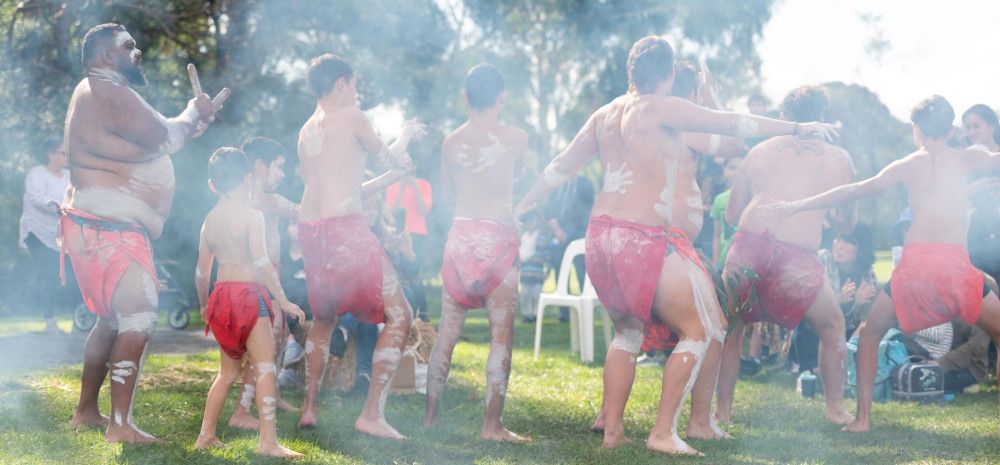
Thursday 21 March is National Close the Gap Day. Falling on the third Thursday in March every year, the day was first acknowledged in 2006.
Since 2006, Australia's peak health bodies, non-Government organisations (NGOs) and human rights organisations have worked together, aiming to achieve health and life expectancy equality for Aboriginal and Torres Strait Islander people.
This is called the 'Close the Gap' campaign.
There is a recognised gap in life and health expectancy between Aboriginal and Torres Strait Islander people and non-Indigenous Australians. Poor eye health and a lack of access to services play a part in this. Close the Gap is underpinned by the belief that when Aboriginal and Torres Strait Islander people have a genuine say in the design and delivery of policies, programs and services that affect them, better life outcomes are achieved.
It also recognises that structural change in the way governments work with Aboriginal and Torres Strait Islander people is needed to close the gap. By coming together to improve health systems, and advocating for bipartisan support and long-term funding and solutions, we believe that by 2030, every Aboriginal and Torres Strait Islander child could live a long and healthy life – like any other Australian child.
History of Close the Gap
The Close the Gap campaign arose in response to Professor Tom Calma’s Social Justice Report (2005) which challenged governments to bring about health equality within a generation. In Australia, Aboriginal infants die more often than non-Indigenous infants, Aboriginal people’s life expectancy is shorter, with more than double the rate of illness. For example, Australia has failed to eliminate preventable blindness and rheumatic heart disease, shameful outcomes for one of the wealthiest countries in the world.
The Steering Committee first met in March 2006. Their campaign was launched in April 2007 by patrons Catherine Freeman OAM and Ian Thorpe OAM. In 2007 the Council of Australian Governments (COAG) set measurable targets to track and assess developments in the health and wellbeing of Aboriginal and Torres Strait Islanders.
These targets included achieving Aboriginal and Torres Strait Islander health equality within a generation and halving the mortality rate gap for children under five years old within a decade.
The Australian government adopted the goals of the Close the Gap campaign in 2008, in a strategy known as Closing the Gap, and in 2009 committed to making an annual progress report to Parliament on progress with the Closing the Gap strategy.
In 2020, the Closing the Gap framework and strategy was significantly overhauled, with a “greater focus on partnership between governments and Aboriginal and Torres Strait Islander people” and aims to improve the life outcomes of Aboriginal and Torres Strait Islander people.
For more than a decade now, Australians from every corner of the country, in schools, businesses and community groups, have shown their support for Close the Gap by marking National Close the Gap Day on the third Thursday in March each year.
